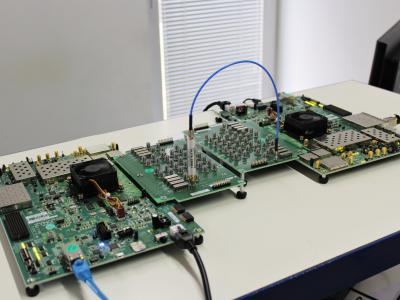
Astronomical instrumentation and related fields have seen remarkable evolution in recent decades, driving the need for advanced signal acquisition and processing techniques. Current experiments demand readout capabilities beyond traditional approaches, leading to the adoption of a wideband instrumentation system architecture for high-speed Radio Frequency (RF) measurements.
- Categories:







